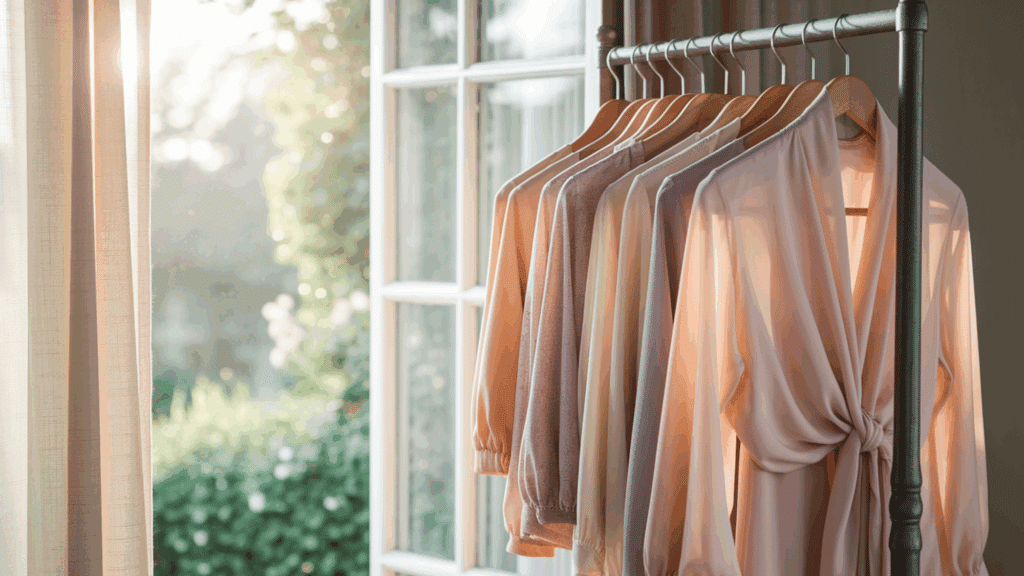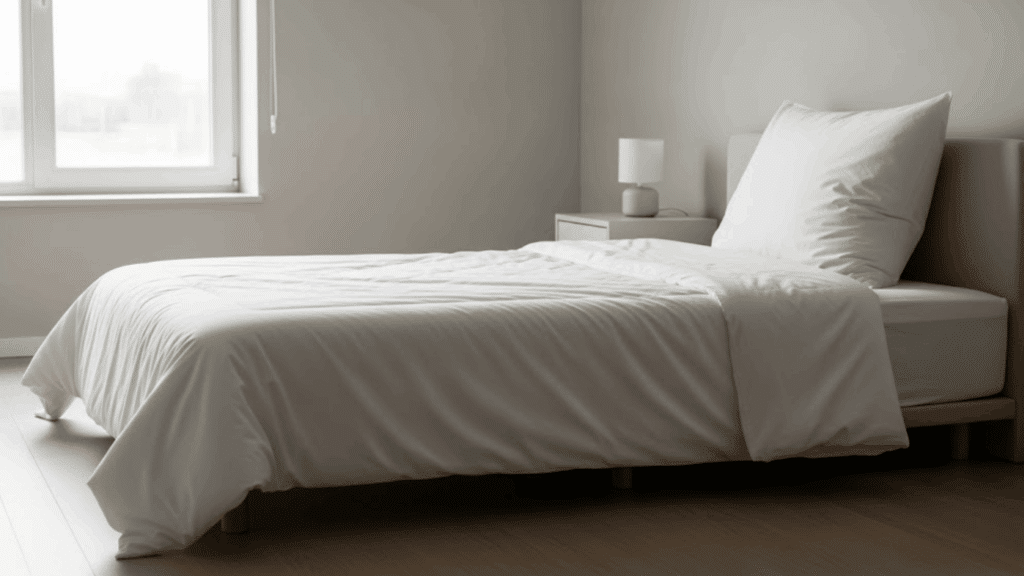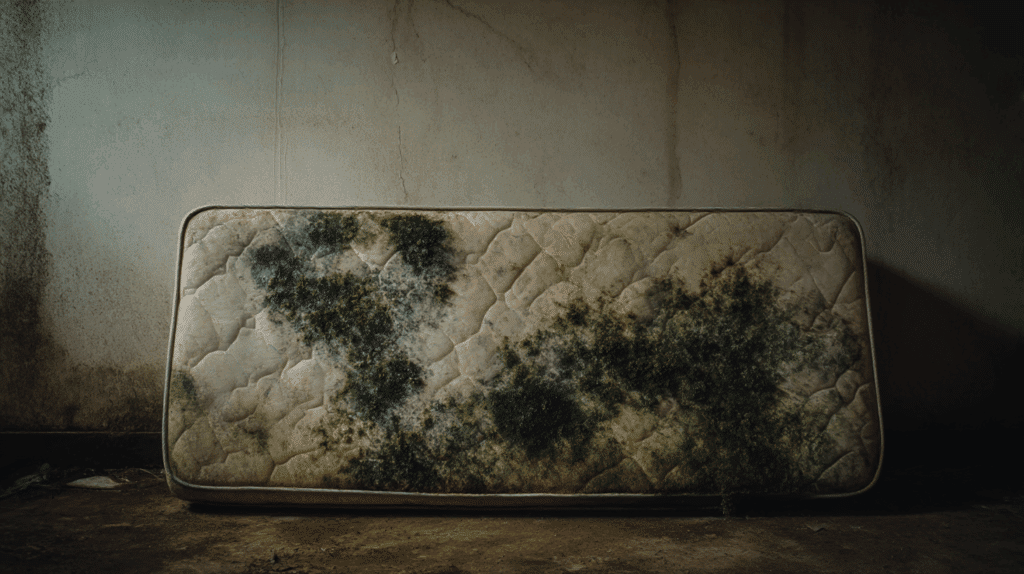Ever stood in front of your closet on a blazing hot day, staring at that stylish silk top? You’re not alone in this summer fashion puzzle.
Silk has this fancy reputation. People say it’s cool and breezy. Others claim it’s way too hot for summer. So what’s the real deal?
The internet is full of mixed messages. Some fashion bloggers swear by silk in 90-degree weather. Your friend might have warned you it’s a sweaty disaster waiting to happen.
Here’s the thing – silk isn’t as simple as people make it seem. There are different types. Some work great in heat. Others? Not so much.
Let’s cut through the confusion together. Time to find out what really happens when silk meets summer heat.
Silk: Nature’s Magic Fabric
Silk is like nature’s perfect fabric! It comes from silkworms that spin tiny protein threads that are super special.
These silk fibers have a unique structure with lots of tiny spaces that let air flow through easily – that’s why silk feels so breathable.
When you wear silk, it acts like a smart material. If you’re hot, silk helps pull sweat away from your skin and lets heat escape. If you’re cold, those same protein fibers trap warm air close to your body to keep you cozy.
Cotton and polyester can’t do this amazing trick! Silk is basically like having a personal air conditioner and heater built right into your clothes.
What Makes Silk Appear Summer-Friendly
Silk comes from natural sources, which many people associate with breathability and comfort in warm conditions.
The material feels light against your skin and has a notably smooth surface that glides comfortably without sticking.
Silk is commonly used in luxury vacations and high-end summer fashion, giving the impression it naturally suits hot climates.
The fabric’s luxurious reputation also contributes to its summer appeal, with many viewing it as the premium choice for modern warm-weather dressing.
Additionally, silk’s temperature-regulating properties are frequently mentioned in fashion discussions. Many believe that silk naturally adapts to your body temperature, keeping you cool when it’s hot outside.
Silk for Summer: Pros and Cons Breakdown
Not everyone agrees that silk belongs in summer wardrobes, but understanding both sides helps you make an informed decision about this luxurious fabric’s hot-weather performance.
| PROS | CONS |
|---|---|
| Natural Ventilation – Allows hot air to escape while cool air enters, preventing heat buildup | Clingy When Wet – Sticks uncomfortably to sweaty skin and shows perspiration marks on light colors |
| Lightweight Comfort – Feels like a second skin without the weight of heavy fabrics | Expensive Care – Requires costly dry cleaning and special maintenance |
| Moisture-Wicking – Pulls sweat away from the body and helps it evaporate quickly | Sun & Humidity Damage – UV rays and moisture cause fibers to break down and lose shape |
| Premium Look & Feel – Maintains a polished appearance with smooth texture all day | Limited Outdoor Use – Not suitable for beach, outdoor events, or extended summer activities |
These factors explain why silk generates divided opinions for summer wear, with many people eventually seeking alternatives when expectations don’t match reality.
Best Types of Silk for Hot Weather
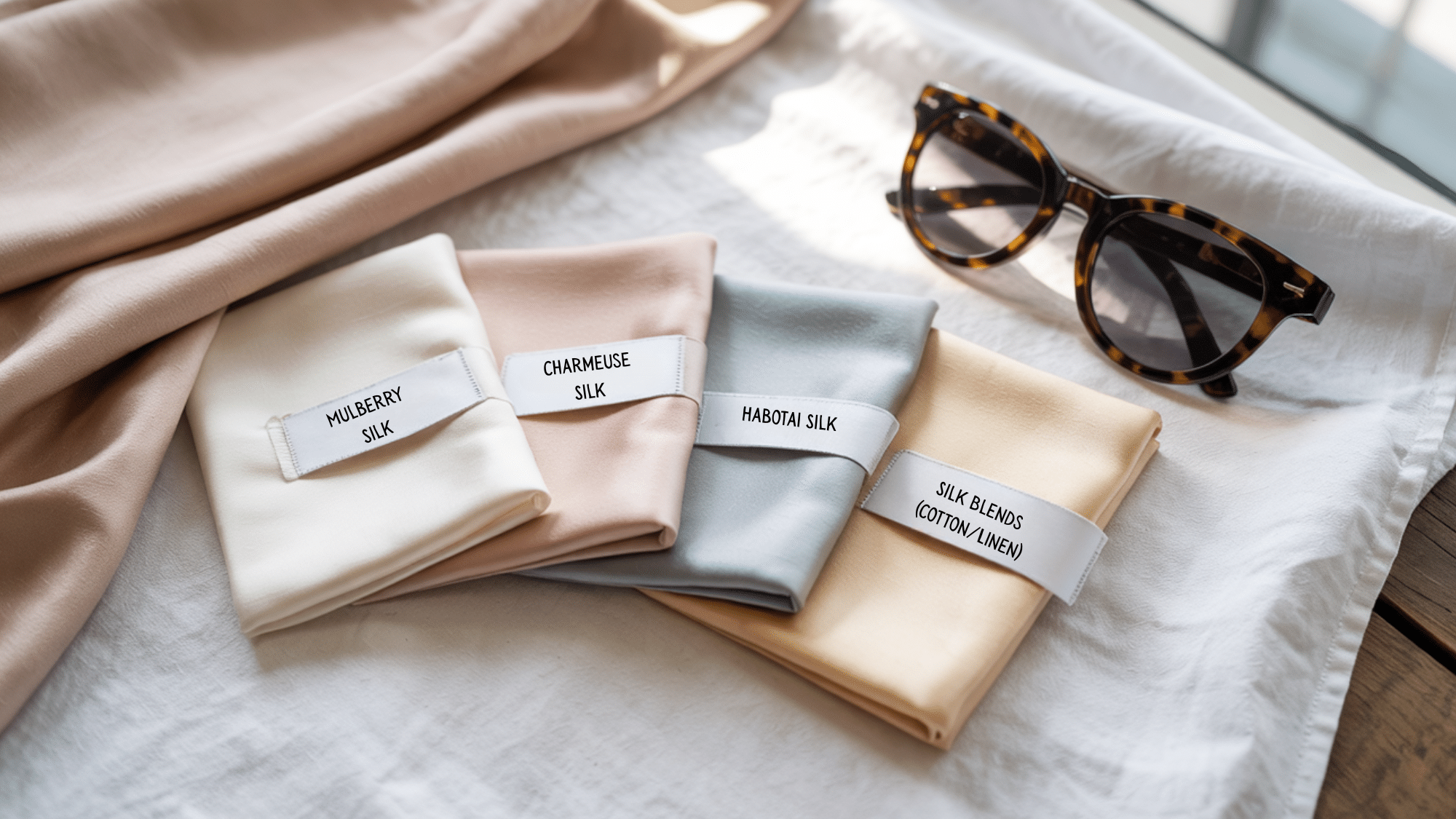
If you’re set on wearing silk during the summer months, certain varieties perform better than others in hot conditions. Understanding the differences between silk types can help you make a more informed choice.
1. Mulberry Silk
This premium silk offers top quality and the smoothest texture available in the silk market. Many people choose mulberry silk for its reputation and luxurious feel against the skin.
However, its dense weave traps heat, making it unsuitable for hot weather. While beautiful and costly, mulberry silk lacks the breathability needed in summer.
2. Charmeuse Silk
Charmeuse silk has a shiny front and matte back, offering visual appeal and versatility for casual or formal summer garments.
The construction slightly improves over solid weave silks but still has traditional heat-retention issues. Although better than mulberry silk, charmeuse still faces moisture and temperature regulation problems in hot weather.
3. Habotai Silk
Habotai silk uses a lighter-weight construction and a more open weave pattern compared to denser silk varieties. This improved structure allows for slightly better airflow and heat management during warm weather.
The thinner profile improves layering and comfort but retains silk’s limitations in hot conditions.
4. Silk Blends with Cotton or Linen
These hybrid fabrics combine silk’s luxurious feel and appearance with the practical benefits of natural fiber blends. Cotton and linen additions provide essential moisture-wicking properties that pure silk lacks.
The blend balances silk’s visual appeal with summer comfort, offering better breathability while keeping its smooth texture.
Alternatives to Silk for Summer
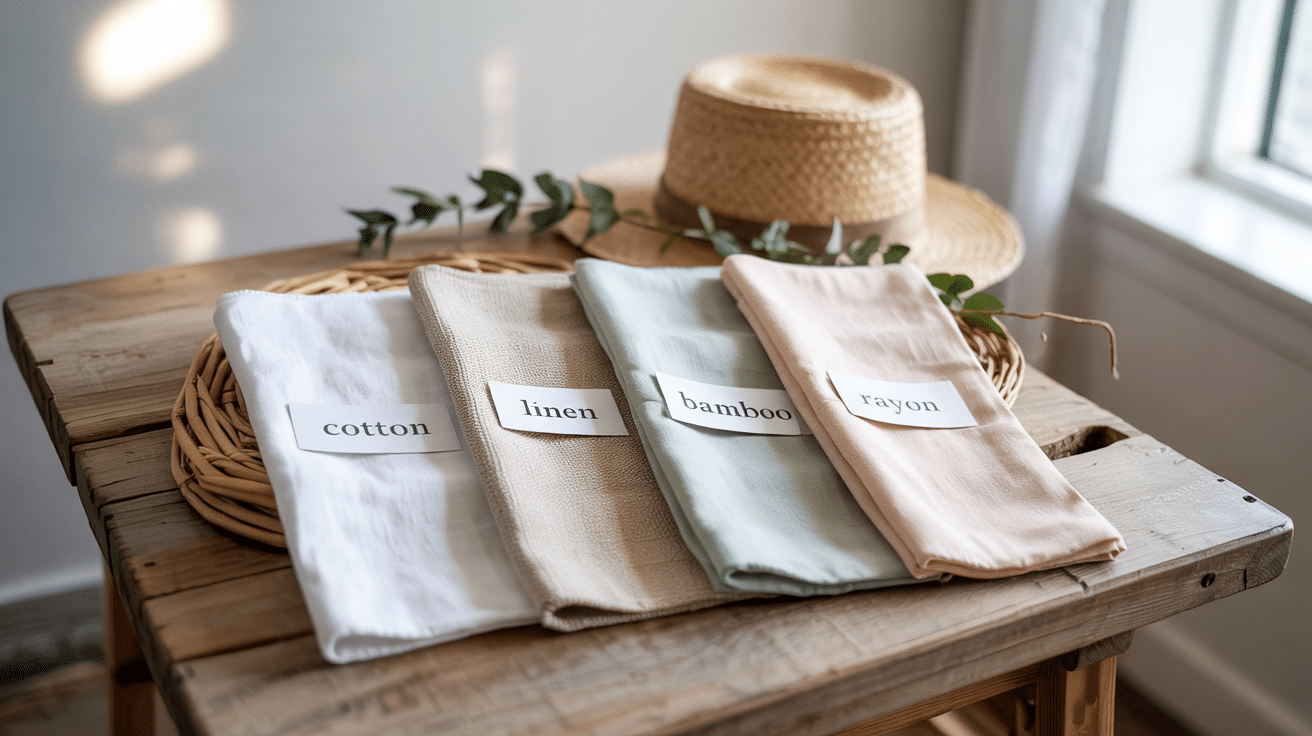
If silk doesn’t meet your hot-weather needs, several other fabrics offer superior comfort and practicality during the summer months.
- Cotton absorbs moisture effectively while allowing air circulation, plus it handles frequent washing without special care requirements, making it the most reliable choice for everyday summer wear
- Linen offers exceptional breathability with its loose weave and natural cooling properties, keeping you cooler than most other fabrics despite its tendency to wrinkle
- Bamboo fabric provides silk-like smoothness with significantly better moisture-wicking capabilities and excellent temperature regulation, while feeling luxurious
- Rayon delivers a lightweight, flowing drape similar to silk but with improved breathability and lower maintenance costs
Each alternative handles heat and humidity more effectively than silk while requiring less specialized care for your summer wardrobe needs.
Smart Ways to Wear Silk in Summer (Expert Edition)

Even though silk has its summer limitations, fashion and textile experts have developed strategies to make it work when you absolutely want to include it in your warm-weather wardrobe.
Choose lighter silk weights like habotai or silk chiffon in loose-fitting styles that allow air circulation.
Select light colors such as white, cream, or pastels that reflect heat instead of absorbing it.
Limit wear time to short events or indoor occasions and plan for climate control by wearing silk only in air-conditioned environments or shaded areas.
These expert strategies can help minimize silk’s summer drawbacks, though most professionals still recommend choosing more suitable fabrics for hot weather comfort.
Conclusion
After considering user experiences and expert advice, silk’s summer performance depends on specific circumstances. It works better in dry climates and air-conditioned spaces but struggles in humid, outdoor conditions.
Silk succeeds for brief indoor events where appearance matters, but fails during outdoor activities or extended wear.
The consensus points toward silk being a secondary summer choice, with cotton, linen, and bamboo delivering better comfort.
Silk should remain a special occasion summer fabric, chosen strategically while building your foundation with heat-designed alternatives.
What’s your experience with silk in summer? Share your thoughts in the comments below!

